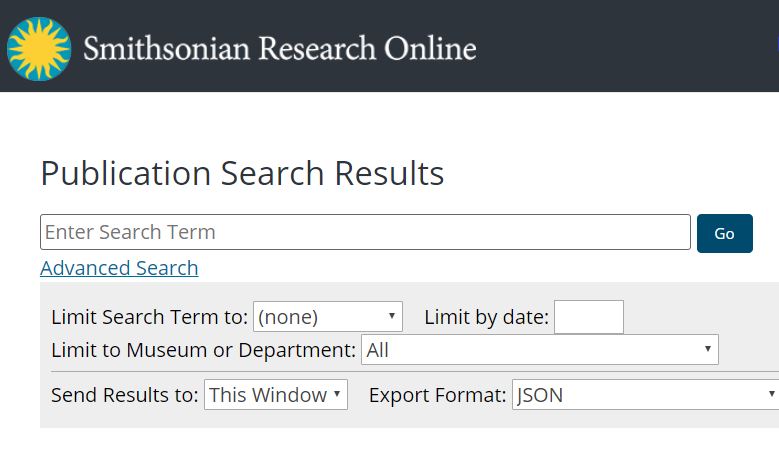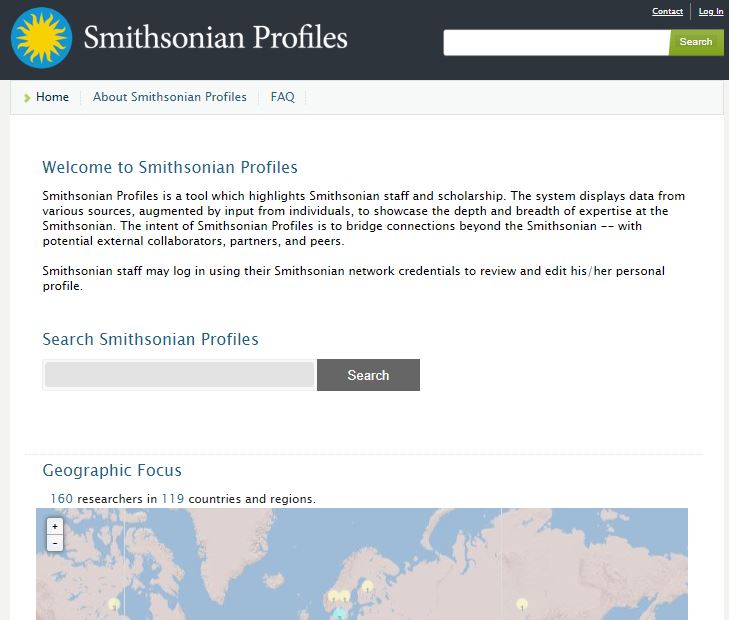
When I was in library school, one concept I remember being covered was the subject-based query versus the known-item query. These were used to represent two basic but very different types of library usage and required of librarians different search and related skills.
With the known-item search, a patron comes to the library with a particular book or journal title, author, year, etc. and wants to see that book or article; s/he is after that-and-only-that item. Of course serendipitous discovery happens and the user may find another valuable book or article when retrieving the original item from the shelf. But the known-item inquiry begins with a single publication in mind: “Do you have this book?”
With subject based usage, the library patron doesn’t know of a particular book or article or resource, but wants to find out anything on a certain topic. It may be a request to find a series of maps showing forest loss in the Yucatan or a list of native American languages spoken in a particular part of Canada prior to European conquest. There may or may not be a book containing that information. Sometimes the answer may require assembling the information from different sources. It’s not known that there is such a map or a list anywhere and the subject-based inquiry taps the librarian’s skills in finding out. The key distinction is that the library patron walks in the library without knowing whether there is a book or resource with the answer to his/her question: “I need information on . . .?”
Lately it occurs to me that this distinction might be used to illustrate the difference between Smithsonian Research Online (SRO) and Smithsonian Profiles. With the former the inquiry normally starts with a known variable, whether it is the research unit, a publication year, journal title or author. Generally those who search SRO are looking for the number of or the actual citations that correspond to a particular Smithsonian unit, a year or an author. They know the information is available just as the known-item library inquirer is sure the book they seek exists.

However with Smithsonian Profiles*, the query is most often subject-based. The system is designed for those who want to find people or SI units where research on a particular subject is being (or has been) conducted. It is not necessarily known whether anyone is doing work in that area (for example, indigenous languages of Canada). And just as with a subject-based query to library materials, the Profiles inquiry might result in a referral to several people who have some knowledge of the subject.

The difference is worth noting. SRO can be thought of as a management information tool, showing how many and what publications were authored by a particular scholars, in a particular year or from a particular unit. Profiles can be thought of as a referral tool whereby keyword-rich content is associated with Smithsonian scholars, enabling the easy identification of subject expertise at the Institution. Both of these tools can be used in whatever way is helpful, but by design each lends itself to one or the other of these basic categories of library inquiry.
*Smithsonian Profiles was launched to the public on October 22, 2018.

Be First to Comment